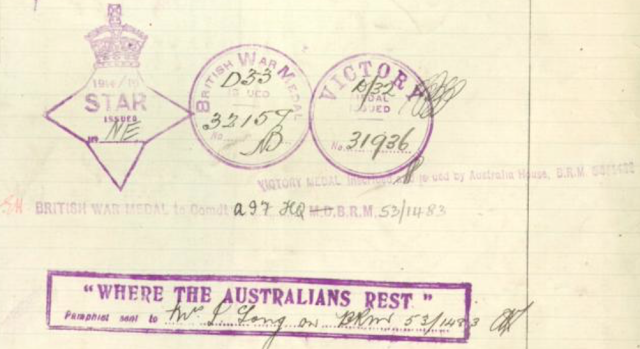Henry Butterworth was born on 18th March 1783, the son of Edmund Butterworth, Edmund was a yeoman and had fought in Flanders under the Duke of Cumberland (also known as butcher Cumberland after the Battle of Culloden).
During his early years Henry was sent to the West Indies where he because an assistant superintendent on a sugar plantation, a job which he didn't like. He yearned to be a military man.
His elder brother, also Edmund, held a commission in the 3rd Lancashire Militia, Henry pestered his brother to try and obtain a commission which was duly done, Henry became an ensign in the 1st Lancashire Militia. It wasn't long before Henry volunteered for foreign service and together with 50 other Lancashire lads they embarked on a military career.
It wasn't long before Henry was appointed to the 32nd Cornwall Regiment of Foot, he also took 32 men from the Lancashire Militia with him, he saw active service during the Peninsular Wars, the war raged from 1807 - 1814 and saw Napoleon's empire fight against Bourbon Spain, Great Britain fought as allies of the Kingdom of Portugal in order to gain control of the Iberian Penisular.
Henry was awarded the Military General Service Medal for his services during the conflict, he was awarded 6 bars to the medal for action in the battles of Rolera, Vimiera, Salamanca, Talavera, Pyrenees and Nivelle, he was listed as sick during the final battles of Nive and Orthes and so wasn't awarded the bars for these actions.
 |
| Lieutenant Henry Butterworth in the uniform of the 32nd Regiment of Foot wearing his campaign medals |
During the Battle of Salamanca on July 22nd 1812, Henry was seriously wounded by a musket ball that passed straight through his body, one of his men named Ashworth, from Smallbridge, lifted his wounded officer onto his back and carried him 3 miles to the rear of the army lines so he could receive treatment for his wounds. Once recovered Henry again took to the battle.
In 1815, he was present at the Battle of Waterloo, he was wounded 3 times during the fierce fighting with Thomas Pictons division, he never quit the field of battle.
After 1815 Henry retired back to Rochdale, during his 12 years as Lieutenant in the 32nd Regiment of Foot, he spent 9 of them on active service, he was wounded seven times, 3 of them being classed as severe injuries.
He retired from the military on half pay in 1820 due to ill health, he was transferred to the 35th Regiment of Foot.
On returning to Rochdale Henry Butterworth was appointed a county magistrate and a deputy-lieutenant.
In early 1860 he became sick and died on June 8th of the same year aged 77.
He was laid to rest at St. Johns, Smallbridge, his coffin carried by 8 Waterloo veterans.
 |
| Henry Butterworth (seated) with a. group of other Waterloo veterans |














